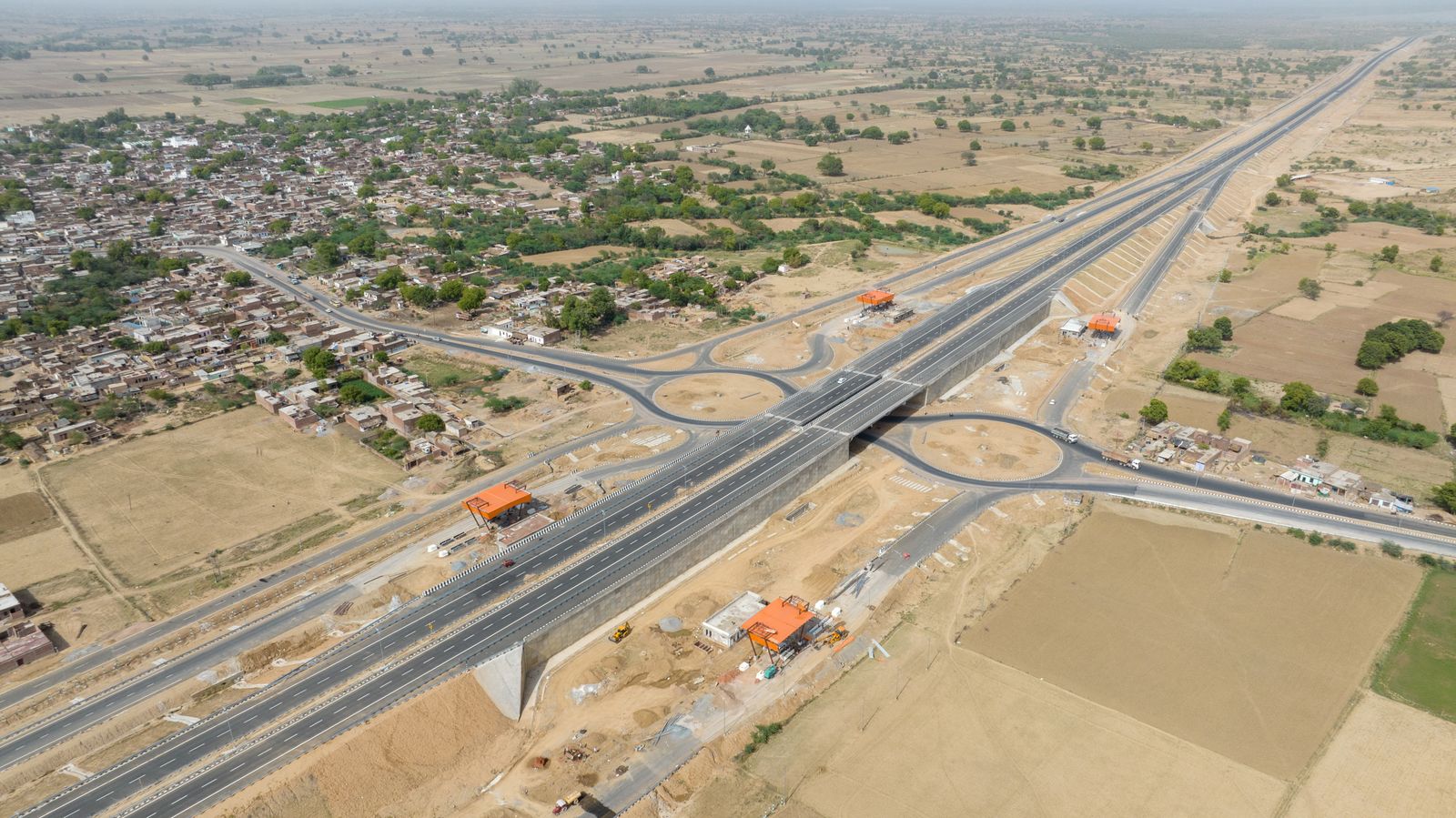India’s Act East Policy, launched in 2014, marked a significant paradigm shift from the earlier Look East Policy, with a renewed impetus for economic cooperation, cultural diplomacy, and strategic collaborations with Southeast and East Asia. At the heart of this policy lies a region often overlooked in national discourse but vital to its success – Northeast India. Geographically, the Northeast is India’s gateway to Southeast Asia, sharing 5,182 kilometres or 98 percent of its borders with neighbouring countries like Bhutan, China, Myanmar, and Bangladesh. This regional proximity has served as an ideal launchpad for India’s eastward initiatives like the India-Myanmar-Thailand Trilateral Highway and the Kaladan Multimodal Transit Transport Project.
Over the past decade, the Act East Policy has ushered in significant and transformative developments in Northeast India, particularly in infrastructure, diplomacy, and regional connectivity. Projects like the expansion of the National Highway network, improvements in air connectivity (such as the operationalization of airports in Pakyong, Sikkim in 2018 and Hollongi, Arunachal Pradesh in 2022), and the extension of rail links to Arunachal Pradesh, Tripura and more recently to Mizoram, have played an important role in fostering greater integration and connectivity of the region with the rest of India and neighbouring countries. The policy has also contributed to increased commercial engagement and cross-border trade, especially through border haats with Bangladesh and proposed trade routes with Myanmar. Additionally, the region has received greater political visibility and investment attention, with central funding under schemes such as the Northeast Special Infrastructure Development Scheme (NESIDS).
However, the region continues to grapple with significant challenges that risk undermining the policy’s objectives. Delays, cost overruns, and security-related disruptions have often plagued these initiatives, exposing the fundamental weaknesses and challenges that lie underneath. For instance, the India–Myanmar–Thailand Trilateral Highway (IMT Highway) that is designed to link Moreh in Manipur to Mae Sot in Thailand via Myanmar faced significant delay, with about 70% of the highway completed by July 2023. The ongoing ethnic conflict and destabilization in Manipur, a key border state, have had vital implications by disrupting trade routes and halting infrastructural developments. More critically, these infrastructure efforts often operate in a top-down fashion, which runs the risk of ignoring local economic structures and bypassing community participation.
As a whole, while the outcomes remain uneven, there is no doubt that the advances under India’s Act East Policy have marked a shift from historical neglect to strategic prioritization and regional development. As we look forward, it is crucial to remember that for the policy to truly succeed, it must be pursued with sustained commitment towards inclusive planning and active implementation, ensuring that local communities are not bypassed in the rush for external engagement. Moreover, addressing the security concerns of the region, India’s outreach to its eastern neighbours must be accompanied by a genuine commitment to peace-building within its borders. While it is true that the Northeast is central to the success of the Act East Policy, the region must be treated not merely as a bridge to the outside world but as a vibrant and integral part of India’s journey forward.
The views and opinions expressed here belong solely to the author and do not reflect the views of BlueKraft Digital Foundation.







